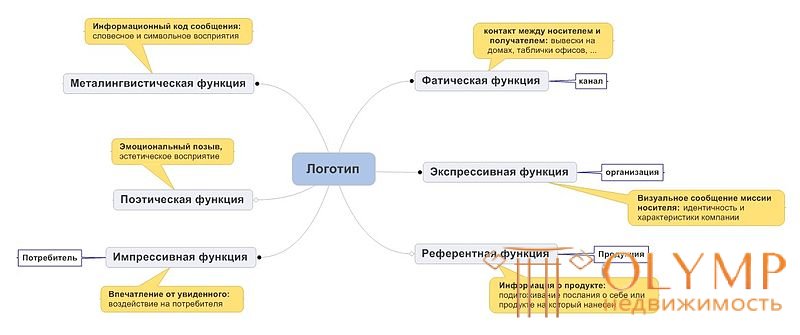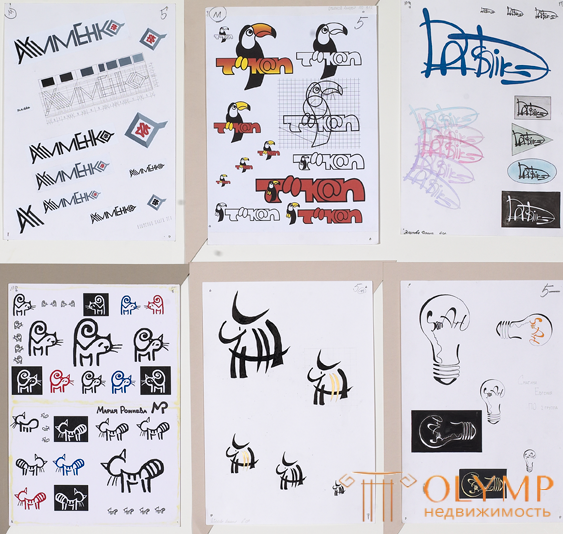
Logotype (from other Greek. Λόγος - word + τύπος - imprint) - a graphic sign, emblem or symbol used by territorial entities, commercial enterprises, organizations and individuals to increase awareness and recognizability in society. A logo is the name of an entity that it identifies, in the form of stylized letters and / or ideograms. Logos are widely used as trademarks.
The term "logo" appeared at the beginning of the 19th century in typography and was synonymous with the term "ligature", that is, meant the union of two or three characters of a typographic font. It arose in the wake of the rise of production, which led to an increase in the volume of production, increased exports and competition. By the middle of the XIX century, the logo was called any text cliche, which does not need to be re-typed each time. For example, the title of the newspaper.
In the 20th century, the stylized typeface of a name or the name itself began to be called a logo.
The first officially registered logo was a font trademark (in combination with a graphic red triangle) of Bass beer. Registration was issued in the British Patent Office on January 1, 1876 under No. 1, and the day before the owner of the company Bass & Co. spent the whole New Year's Eve at the door of the Patent Office waiting for the opening, to be sure to be the first. The trademark logo, as well as the drink itself, still exists. The first logos include Coca-Cola (1886), Gebrüder Thonet (bentwood furniture, 1859 - without registration at the time). Interestingly, many of the world-famous logos today were not drawn by professional artists or designers, but by the owners of companies, assistants, accountants and other people who have no relation to art and design.
With the development of industrial graphics, the logo began to be used in stable combinations with other attributes of the identification of companies or organizations: graphic trademarks, details, elements of "branded" decor (for example, with rapport). Such stable combinations are called "branded blocks".
Sometimes the logo is the main identifier of a company or organization, without the use of a graphic trademark. For example, Toyota has used only a logo for several decades (a graphic sign of three ellipses appeared only in October 1989, and was actively used in the early 2000s), the same applies to Sony (however, the developed graphic sign Sony is used rarely).
Logo - the most important element of the image of the company. It serves primarily to identify the company in the market. Logos appeared in order to distinguish the products of various firms within the same industry. A registered trademark protects a company from unfair competition and helps protect its rights in court. In the perception of the consumer, the presence of a logo or trademark of a firm with a well-established reputation is a guarantee of the quality of the goods. Products that do not have a known logo are called noname .
There are different types of logos, for example:

Font style .
Logo of the fictional company "Wordmark"
An ideal logo should address 6 fundamental functions:

Embrace the concept of a logo as a graphic image of a sign to indicate the types of work activity of a person, his profession, hobby, etc.
Emblem for your favorite activity.
Sketch Organization Logo
The sketch should contain elements of architecture (columns, stairs, arches, etc.).
Perhaps a black and white or color solution using 1-3 colors.
Materials, tools: paper, ink, watercolor.

Что бы оставить комментарий войдите
Комментарии (0)